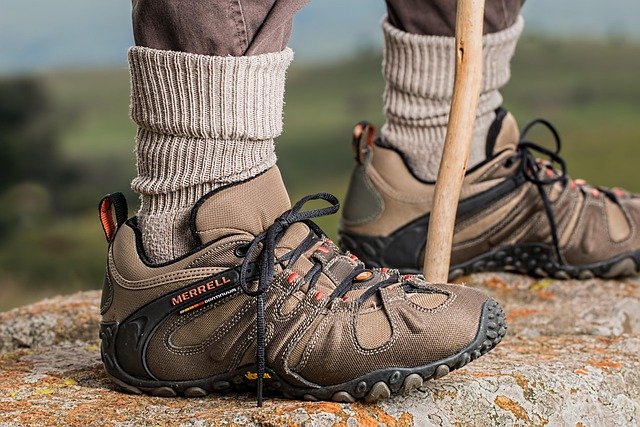Essential Hiking Tools for Safe and Comfortable Trails
Hiking opens access to landscapes, fitness, and quiet time outdoors, but a successful outing depends on reliable tools and sensible planning. From selecting the right boots and jacket to packing a first aid kit and deciding on a walking stick, simple choices reduce risk and increase comfort on the trail. This guide breaks down practical options and considerations for day hikes and longer outings.

Preparing for a trail: what to check beforehand
Before you head out, research the trail’s distance, elevation gain, surface conditions, and any permit or seasonal restrictions. Check weather forecasts and daylight hours, and plan your pace to match group fitness and experience. Carry a map or offline route on a GPS device and let someone know your planned route or local services that can confirm trail status if conditions are uncertain.
Consider water sources and refill points on the trail. For remote or technical routes, learn basic navigation skills and consider carrying extra water or a treatment system. A clear plan that accounts for turns, junctions, and emergency exit routes minimizes surprises and helps you enjoy the scenery.
Is a walking stick necessary and how to choose one
A walking stick or trekking poles can reduce joint stress, improve balance on uneven ground, and help with river crossings or steep descents. Choose between a simple wooden walking stick, collapsible trekking poles, or single-point staff designs depending on terrain and packability needs. Poles with adjustable length and ergonomic grips are versatile across varying slopes.
Materials range from aluminum (durable, affordable) to carbon fiber (lighter, pricier). If you have prior knee or ankle issues, poles can offer measurable support. Practice using a pole before a long hike to find a comfortable rhythm and to learn how to lock and stow them safely when not needed.
What to include in a first aid kit for hiking
A compact first aid kit should cover common trail injuries: adhesive bandages in various sizes, sterile gauze, adhesive tape, antiseptic wipes, blister treatment (moleskin or blister pads), tweezers, scissors, and a triangular bandage. Include pain relievers, any personal prescription medicines, and allergy medications if needed. Tailor the kit to trip length, remoteness, and group size.
For longer or remote trips, add a splint, space blanket, and basic wound-care supplies. Practice applying common items and know how to recognize signs that require evacuation. This article is for informational purposes only and should not be considered medical advice. Please consult a qualified healthcare professional for personalized guidance and treatment.
Choosing suitable boots for terrain and comfort
Boots are one of the most important personal items for safe hiking. Look for a fit that leaves enough room for toes, secures the heel, and matches your intended terrain: low-cut hiking shoes for fast, well-maintained trails; mid- or high-cut boots for rough, rocky terrain or when extra ankle support is advisable. Consider sole stiffness and tread pattern for traction needs.
Try boots with the socks you plan to wear and test them on inclines to check heel slip. Break in new boots with shorter walks to avoid blisters. Local services such as outdoor retailers often offer gait analysis or fitting advice—use those resources to find a model that fits your foot shape and hiking goals.
What jacket should you pack for changing conditions
A good hiking jacket balances protection, breathability, and weight. For wet or windy conditions, waterproof-breathable shells with taped seams keep you dry while allowing perspiration to escape. For cold weather, an insulating layer—synthetic or down—adds warmth; packability and wet-weather performance differ between materials and weigh into your choice.
Layering is key: a moisture-wicking base layer, an insulating midlayer, and a waterproof outer layer allow you to adjust to temperature and exertion. Consider a jacket with vents, a helmet-compatible hood if needed, and pockets positioned for easy access while wearing a pack. Choose a jacket that suits the typical conditions of your hikes and the weight you’re willing to carry.
Conclusion
Selecting the right set of hiking tools—planning for the trail, choosing supportive boots and a suitable jacket, deciding whether to use a walking stick, and assembling an appropriate first aid kit—helps reduce common problems on the trail and makes outdoor time more enjoyable. Thoughtful preparation, attention to fit and functionality, and adapting choices to route and weather create safer, more comfortable hiking experiences across a range of settings.






